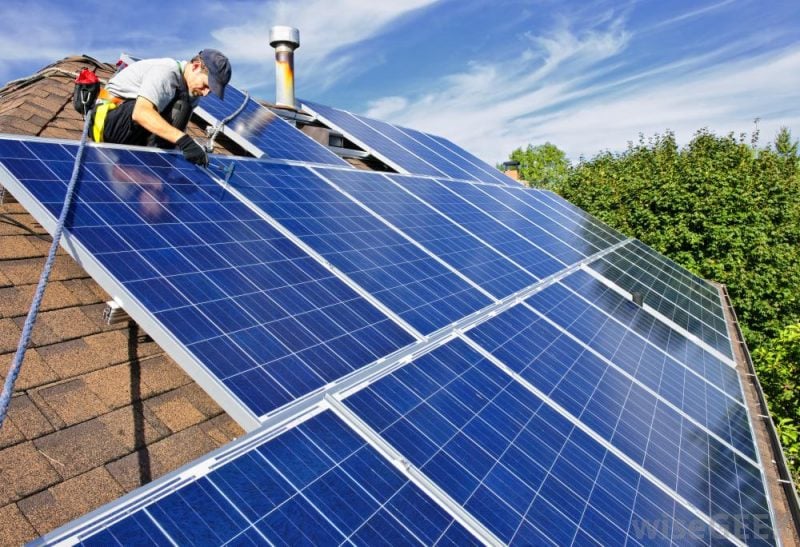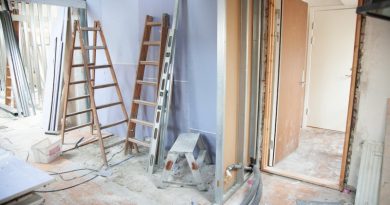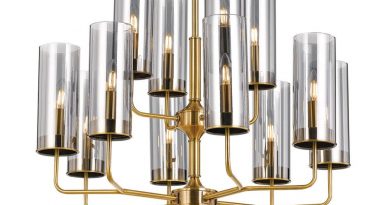5 Ways To Create A Greener Home When You Renovate.
If your ceiling has stains and drips, if your plumbing rattles when the water is turned on, or your wood floors start to buckle, then it’s time to call a general contractor or grab a power tool. When it’s time to remodel your home, putting it off for later–either because you don’t have the time or you don’t want to spend the money–is always a mistake. Things will only continue to get worse, take more time to repair, and, in the final analysis, end up costing more.
However, when you have to remodel or renovate your home, you can see it as an opportunity to make some of the changes you’d wanted to make anyway. In other words, instead of seeing a renovation as simply replacing things that have broken down, see it as an opportunity to add a few greener features to your home.
Here, for example, are five ways to create a greener home:
1. Install solar panels
With the cost of solar panel installation falling over the years and the enormous benefits of using solar energy, you might want to consider tapping into the power of the sun for your household energy needs and using Solar Security Lights. It will reduce or even get rid of your electric bills, increase the value of your home should you decide to sell it in the future, and prove to be an invaluable hedge against possible rising energy costs.ION solar reviews will give you a good idea of why homeowners are switching to solar.
2. Reclaimed wood.
Reclaimed wood is durable. Since new trees aren’t chopped, it improves our natural forests. However, you could undermine your efforts to go green if you use an adhesive backing that has VOCs or formaldehyde. Use reclaimed wood to replace any wooden features of your home, like decks, sheds, or floors.
3. Improve insulation
One way to keep more heat in the house rather than have it leak through the walls, windows, and doors to the outside is to simply improve insulation.
4. Replace wood-burning fireplaces
Although wood-burning fireplaces imbue a room with some old world charm, they are highly inefficient. They not only make a mess, but they also produce lung-irritating pollutants. It’s better to replace these with direct-vent fireplaces. This eco-friendly alternative will use outside air for incineration. While wood-burners will only convert about ten percent of their fuel, direct-vent fireplaces will convert as much as eighty percent of the fuel it burns into heat.
5. Try low-E glass.
Patio doors with low E-glass have a coating that improves energy efficiency. This tempered glass allows sunshine in but suppresses the outflow of heat. Another alternative to replacing patio doors if you think it’s too expensive is to use a window film, which will add low-E coating to the glass.
DIY vs. Green Contractor
It’s a good idea to work with a green contractor—even if you happen to be good at getting things done around the house by yourself.
While you might be able to fix a clogged drain, do you know how to install an HVAC system? In other words, you may have limits to your skillsets.
Additionally, even if you’re able to figure things almost everything out for yourself with the right manual in your hands, do you also know how to get a building permit or apply for a tax break for creating a more energy-efficient home?
Another reason for considering hiring a green contractor is that they have plenty of experience with designing efficient energy and water systems and identifying the best building materials.
One good reason why you might be reluctant to hire a green contractor is that they are not easy to find You might, for example, thumb through the pages of your newspapers service directories and not find a single one. Finding a green contractor is all about knowing where to look. Some good resources for finding a certified expert contractor is all about knowing where to look. Some good resources for finding a certified expert is National Association of the Remodeling Industry or the Energy and Environmental Building Association.
In closing, by changing your perspective on renovation, you can enjoy a more energy-efficient home. If the cost is a little intimidating, remember, you don’t have to implement these suggested changes all at once. You can create a budget plan to slowly introduce the desired changes. In the long-run, you will make up for what you’ve spent by lowering your energy bills.




